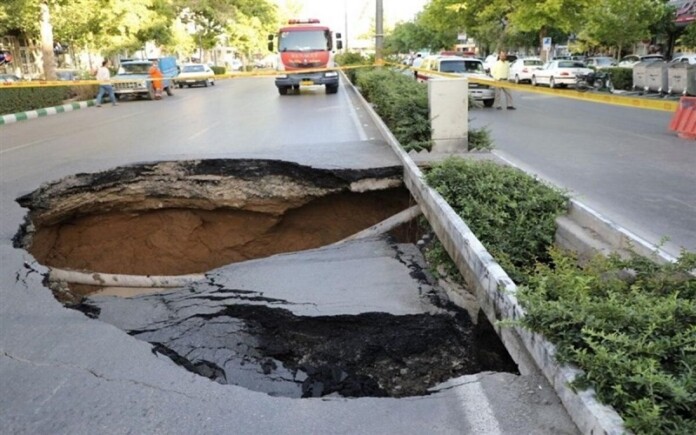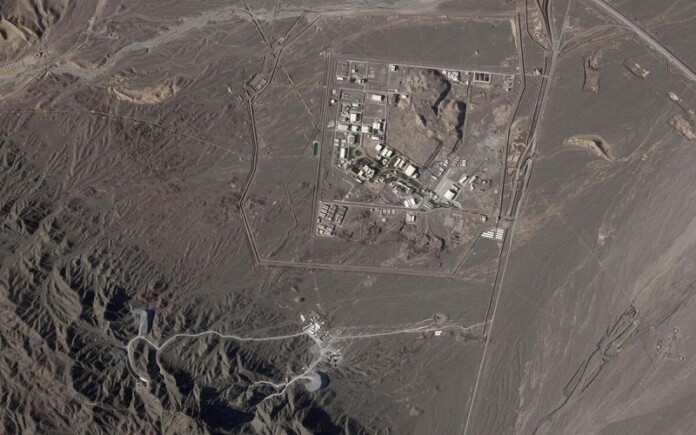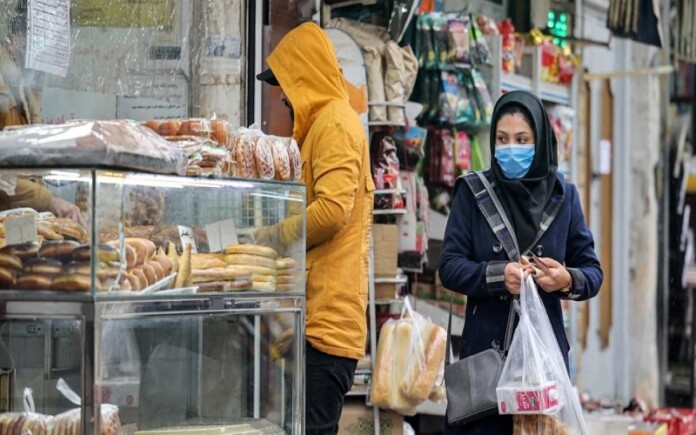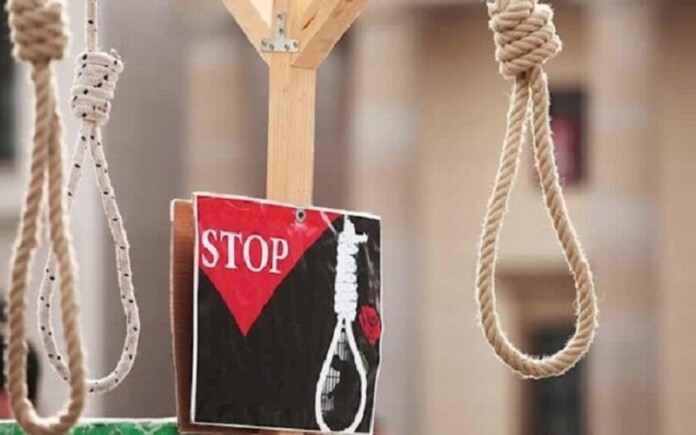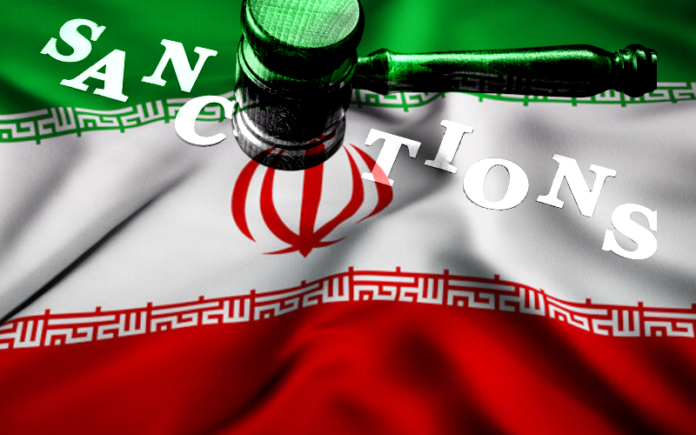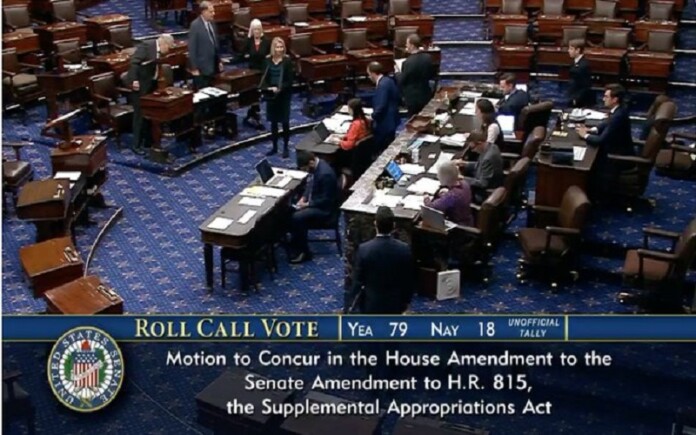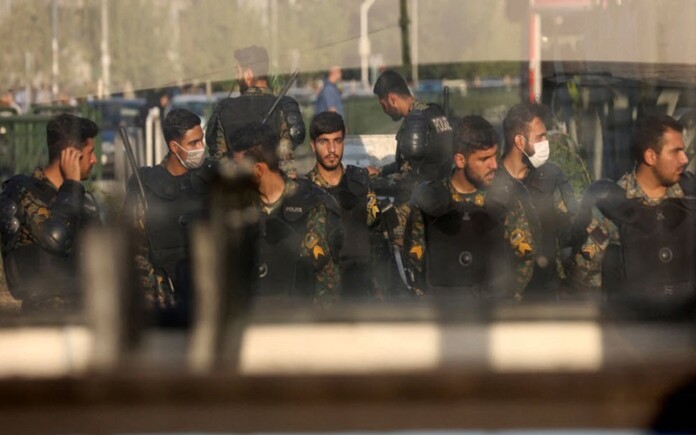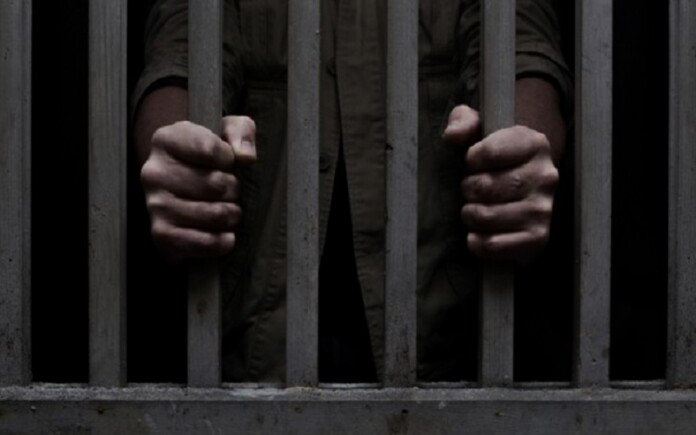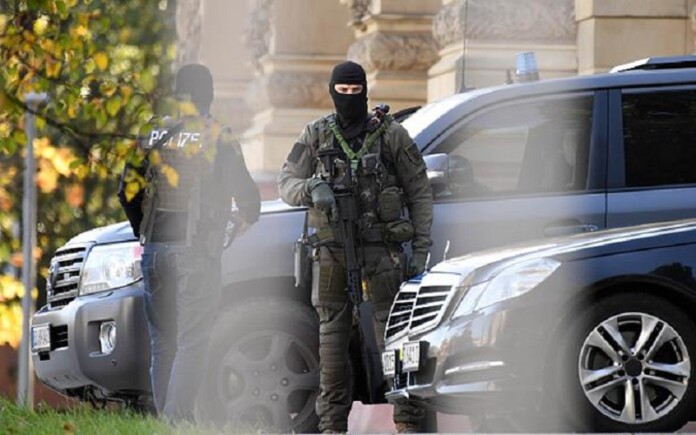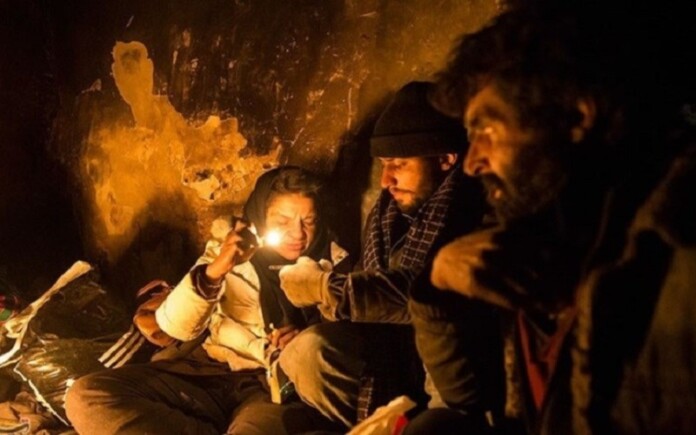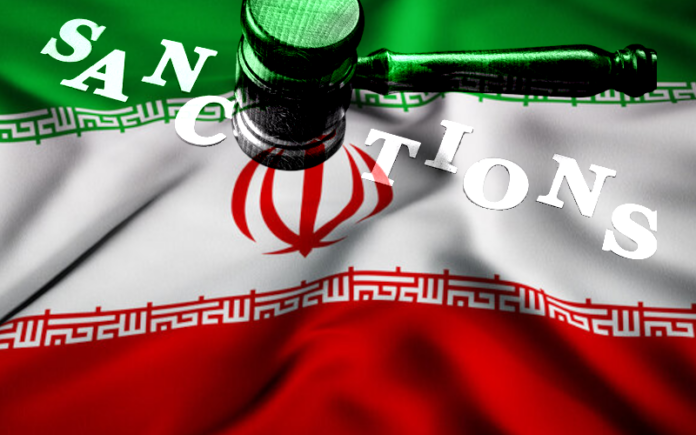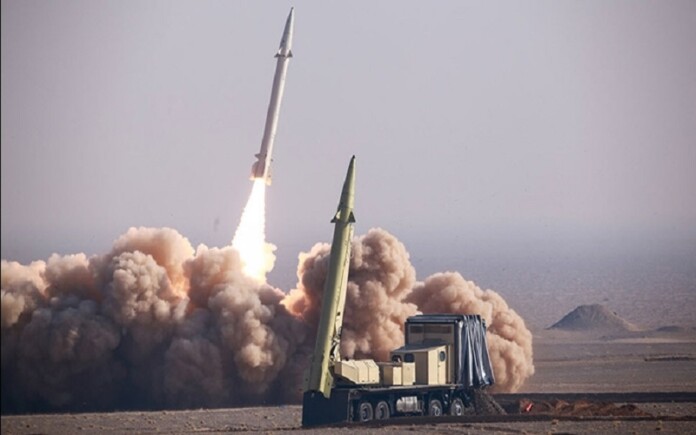Iran is grappling with a severe land subsidence crisis, with alarming rates impacting a significant portion of the country’s population and infrastructure. This phenomenon occurs when the ground level steadily sinks due to various factors, posing substantial environmental and economic challenges.
Widespread Problem, Dire Consequences
Official reports paint a concerning picture. The Deputy Minister of Energy and Water Affairs estimates that subsidence affects a staggering 359 plains across Iran. Moreover, nearly half (49%) of Iran’s population resides in areas experiencing subsidence or bordering them, according to the Ministry of Roads and Urban Development. This translates to millions of people potentially at risk.
Unauthorized Drilling and Water Management Issues
Experts point to the rampant drilling of unauthorized wells and excessive water extraction exceeding permitted limits as key contributors to the crisis. Mohammad Javanbakht, Deputy Minister of Energy and Water Affairs, emphasizes the detrimental impact of such practices on underground water management, leading to irreparable consequences.
Major Cities in the Crosshairs
Densely populated urban centers are not immune to subsidence. Isfahan and Tehran, along with other major cities like Mashhad, Shiraz, and Kerman, face a significant threat. Ali Baitollahi, a member of parliament, warns that these cities lie squarely “in the range of subsidence.”
Isfahan: A Case Study in Crisis
The historical city of Isfahan offers a stark example of the dire situation. Abbas Moqtadaei, a representative in the Islamic Council, highlights the alarming rate of subsidence jeopardizing the city’s renowned historical buildings. Land subsidence incidents in Isfahan have skyrocketed, with reports documenting 12 recorded cases in the first month of 2024 alone, compared to 30 for the entire previous year.
This poses a grave threat to the city’s over 2.7 million residents. Officials warn that an earthquake, coupled with existing subsidence, could cause widespread devastation, inflicting significant human and financial losses.
The alarming rate of subsidence in Isfahan is further emphasized by the fact that it nearly quadrupled the global average between 2021 and 2022. Experts from the Road and Urban Development Research Center previously warned that even a minor earthquake could trigger building collapses and a “great tragedy” in the city.
Infrastructure at Risk: Transportation Networks Impacted
The crisis extends beyond urban centers, threatening critical infrastructure like transportation networks. In December 2023, observations revealed “very dangerous” subsidence on the Tehran-Mashhad railway near Varamin and Neishabour, raising concerns about the safety of this vital transportation link.
Diverging Opinions on the Scale of the Crisis
While official reports indicate that over 35% of the population is at risk, experts like Mehdi Zareh from the International Research Institute of Seismology and Earthquake Engineering believe the situation is even worse. They estimate that seven provinces and 200 cities are already in a “crisis situation.”
This discrepancy highlights the potential underestimation of the problem’s true scope.
Escalating Risks: Earthquakes and Beyond
The potential consequences of subsidence are amplified by the looming threat of earthquakes in Iran. Experts warn that subsidence could exacerbate the damage from earthquakes, putting an additional 380 cities and 9,200 villages at risk across the country.
Underlying Causes: A Complex Issue
The construction of numerous dams without adequate environmental impact assessments and the excessive extraction of underground water resources are identified as the primary factors driving the land subsidence crisis.
Sustainability vs. Growth: Conflicting Priorities
However, the Iranian government’s policies prioritizing self-sufficiency in agricultural production and population growth stand in stark contrast to the need for sustainable water management practices. This approach, coupled with allegations of information suppression, exacerbates the crisis.
Moving Forward: Urgent Action Needed
Iran faces a critical juncture. Addressing the land subsidence crisis requires immediate and comprehensive action. Implementing stricter regulations on water usage, exploring alternative water sources, and prioritizing sustainable development are crucial steps. Simultaneously, transparency and public education are essential to garner support for necessary changes.
The escalating land subsidence poses a significant threat to Iran’s environment, infrastructure, and population. A multi-pronged approach is needed to mitigate this crisis and ensure the long-term well-being of the nation.

